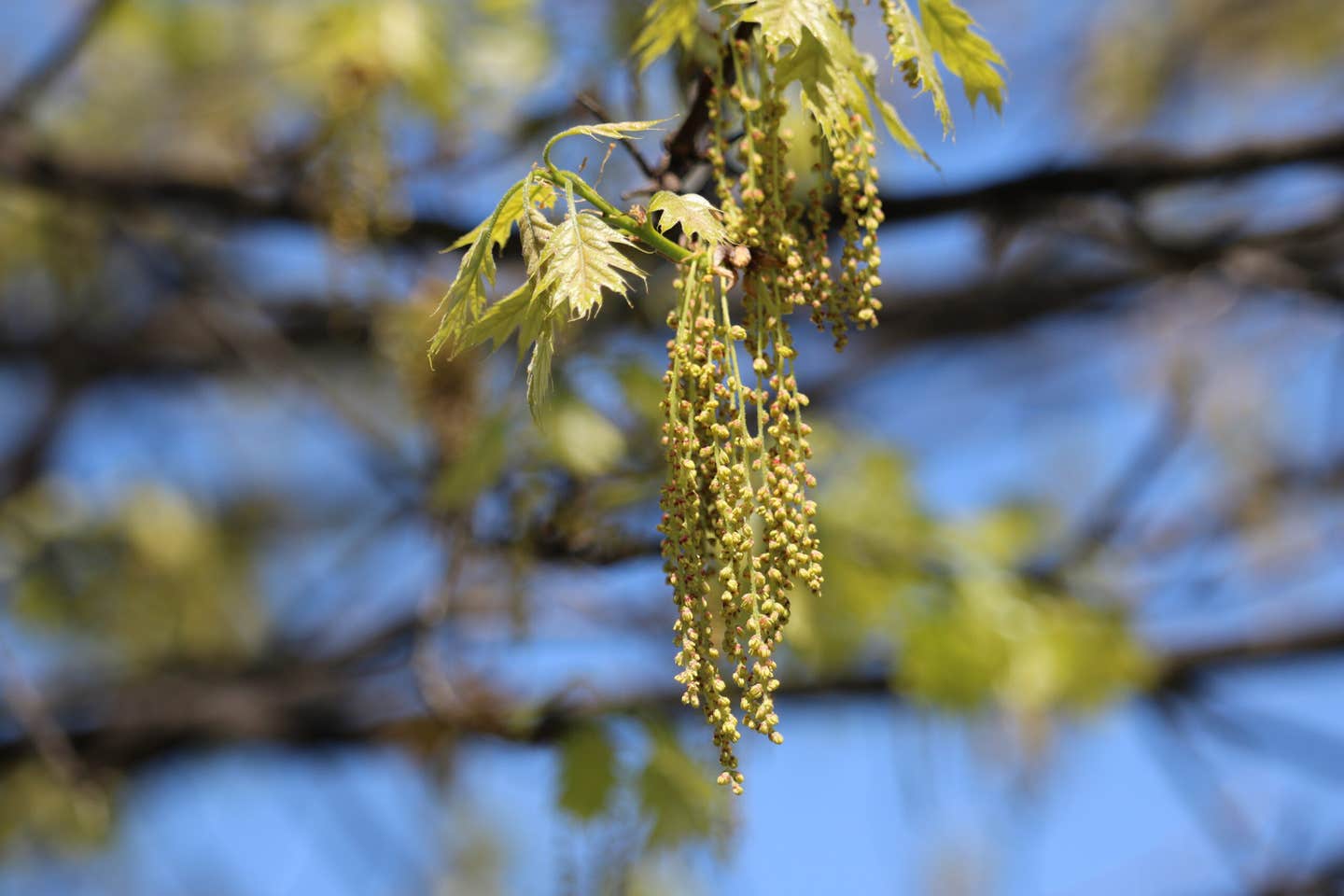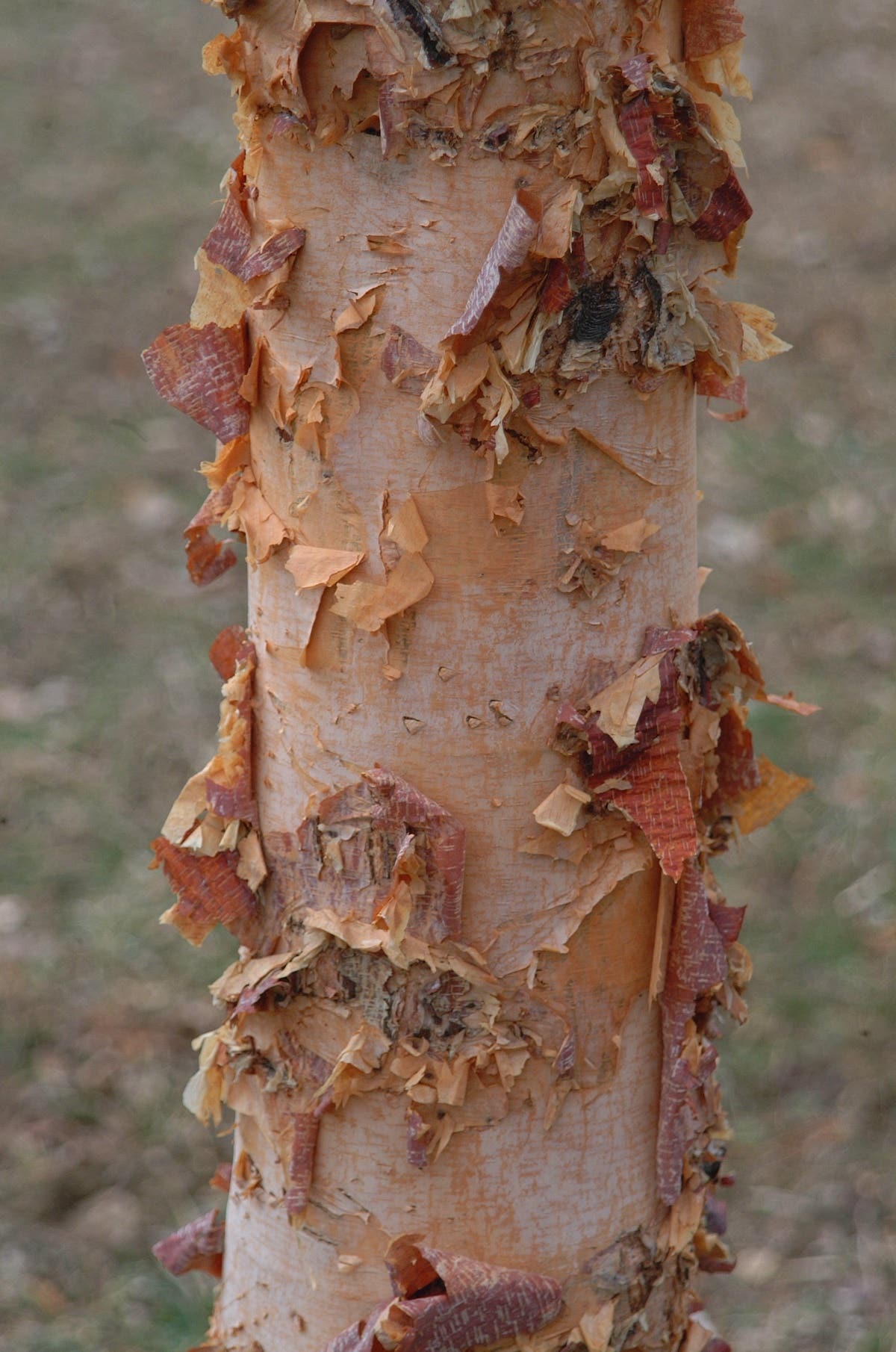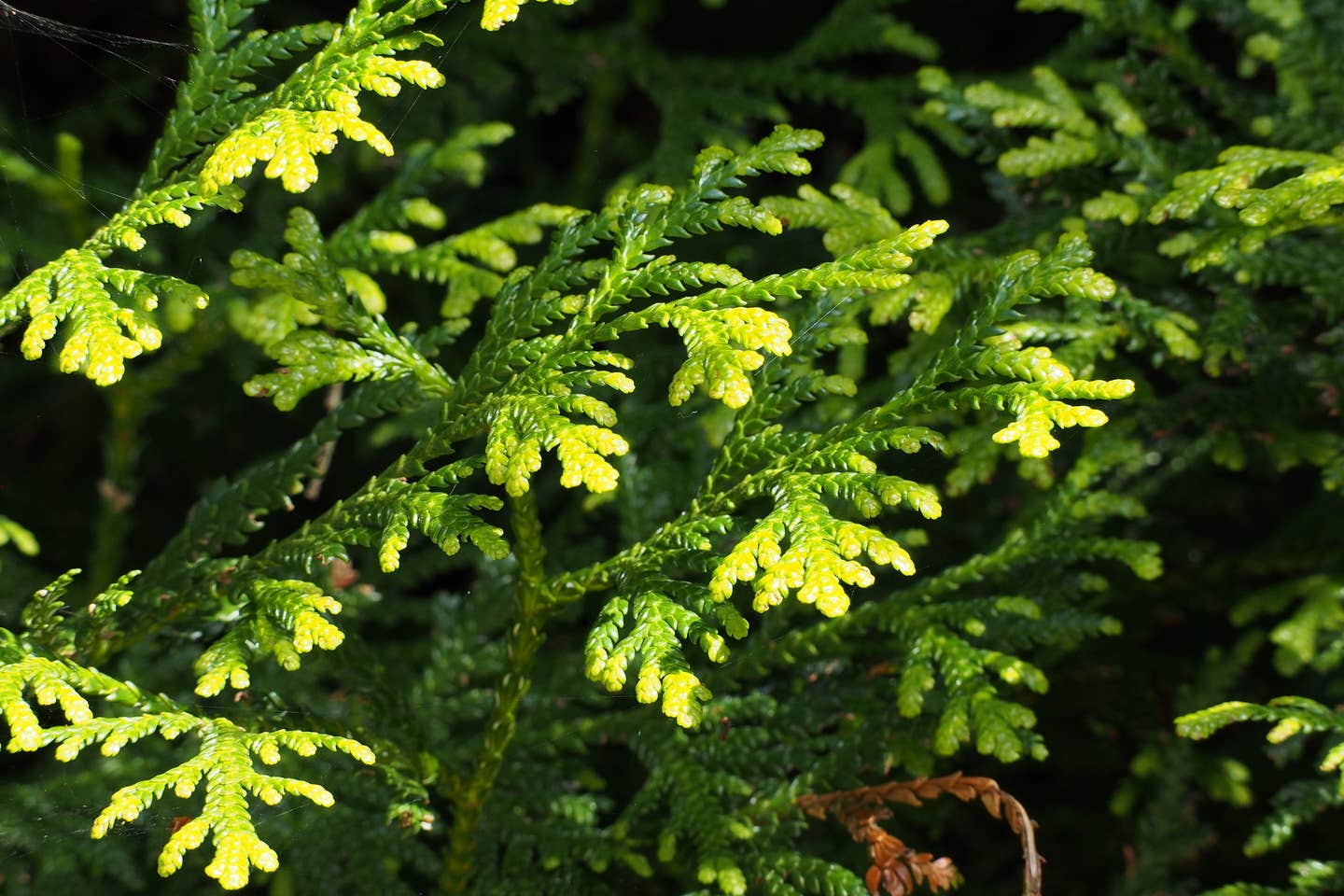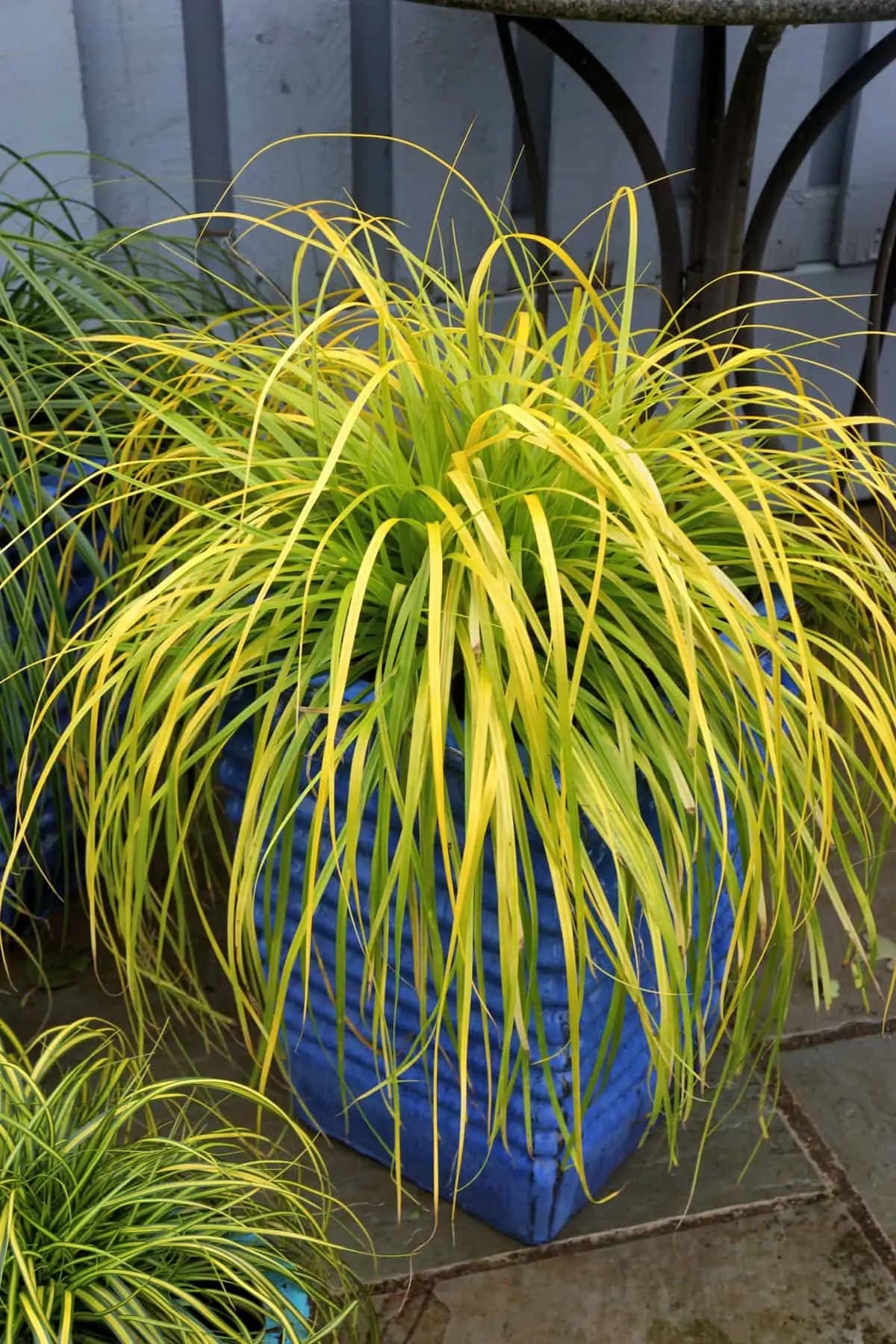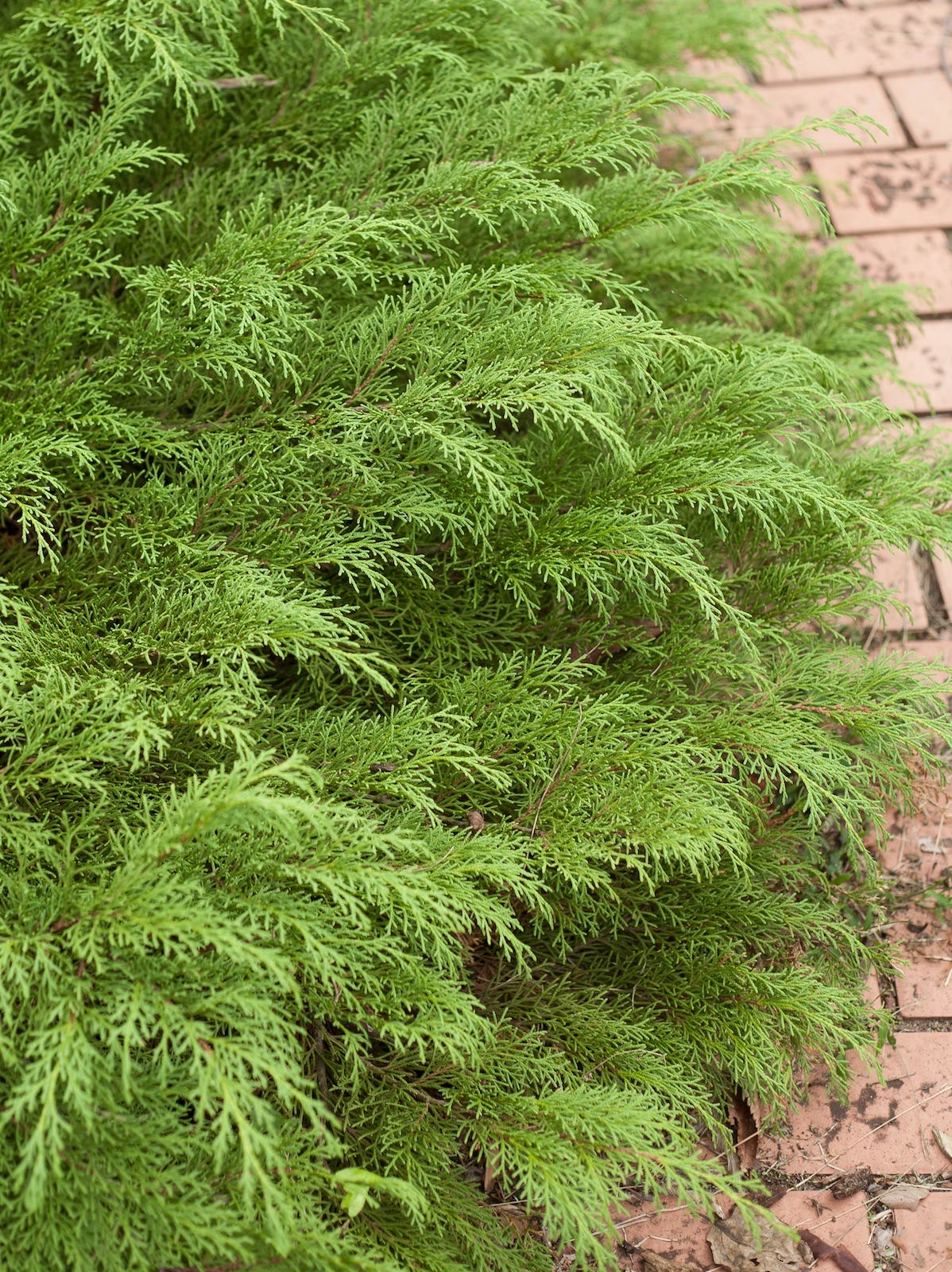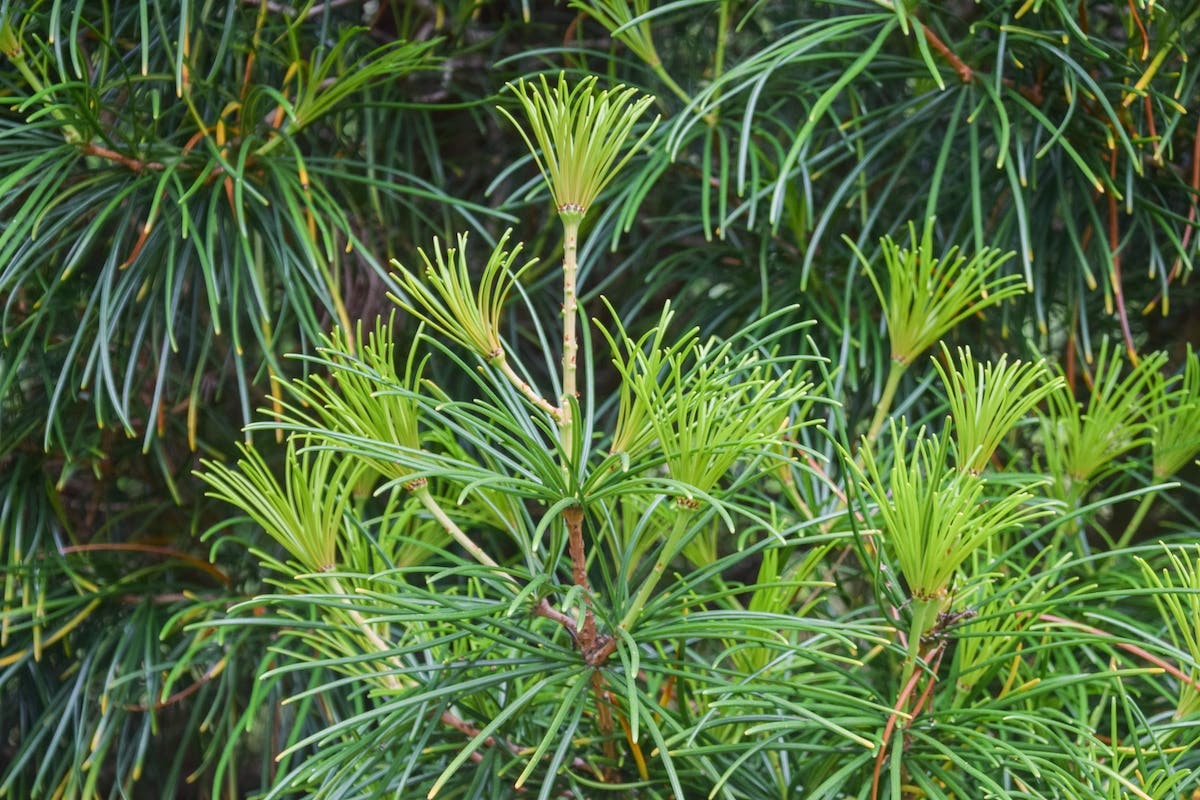Field Notes: Ohio Valley
Maybe it’s the heat, but Allen Bush can’t imagine a better place to garden than Louisville, Kentucky. Here he reminds us that the hottest days of summer are for simple tasks.
A FEW NAYSAYERS —and they are a diminishing breed— figure the gardening year is over after the Kentucky Derby. Bad bets on slow horses exact a price, but it's the stampeding heat that gets the blame. Spring is easy. There is no place more beautiful than Louisville and the surrounding countryside in May. But I love the summertime. I don't mind temperatures lingering in the nineties day after day. And I don't need to be reminded that I could —in theory, anyway— feel a lot cooler if the humidity were not as damp as the dew. I knew how to deal with the Ohio Valley long before everything got air-conditioned. The most important lesson is: take it neasy.
But try to tell a new gardener to take it easy. In springtime, ask him how much time he would like to spend each day in his garden and he will usually respond, 'As much as possible!' Fair enough. Then ask him how much time he would like to spend in the garden in July and August and the answer will be, 'As little as possible.' Another victim of low-maintenance claptrap? Perhaps not. Placed in perspective, this doesn't mean he shouldn't attempt something lovely, even a high-maintenance garden. Rome wasn't built in a day, not in July or August. His principal consideration for garden making in spring should be to provide a place that can be kept up easily and enjoyed completely in midsummer.
All the heavy stuff —the digging, dividing, and shuffling plants around— should have been done earlier. If it wasn't, it can wait. If you can stay ahead of the weeds —and you should be vigilant— everything else is a breeze. Remember that July and August are months for simple tasks. In early July, I'll weed a bit and I might pass up some staking by cutting back Helianthus 'Lemon Queen' and Aster 'Raydon's Favorite' by one-third to one-half. They will flower later and might withstand a pummeling by a passing thunderstorm.
By mid-July, the lavender-blue flowers on the durable Lavandula 'Martha Roderick' will be finished and I'll give them the chop, too. I'm tempted to go harder on the chartreuse-leaved sweet potato, Ipomoea batatas 'Margarita'. There's nothing subtle about this kudzulike spreader, and though it will be spared for a few months, frost will be welcomed like salvation.
Plectranthus argentatus (bottom) that arrived on the scene a few years ago, about the same time as 'Margarita'. I use it all over the place. It is a useful annual filler, loves the heat, and combines with burgundy sugar cane (Saccharum officinarum 'Violaceum') and the flowers of yellow sneezeweed (Helenium 'Kugelsonne'). Nearby, the dark-hued blossoms of Echinacea purpurea 'Magnus', Sedum telephium var. borderi, and the white torchlights of Cleome 'Helen Campbell' blend with Stokesia laevis 'Omega Skyrocket', the red-leaved Hibiscus acetosella, and the bloody dock (Rumex sanguineus var. sanguineus) which looks like chard with reddish veins. My little spit of land is looking pretty good.
Maybe it's the heat, but I can't imagine a better place to garden than Louisville, Kentucky. It's the center of my gardening universe, and my garden is where I unwind in the evenings. My mind wanders, and I picture myself in Karl Foerster's garden in Potsdam, Germany, talking with the legendary gardener about black-eyed Susans and ornamental grasses. Suddenly, I'm struck by how cool it is in Potsdam, but somehow, I still don't want to be anywhere but here. Summers are nice, aren't they?


